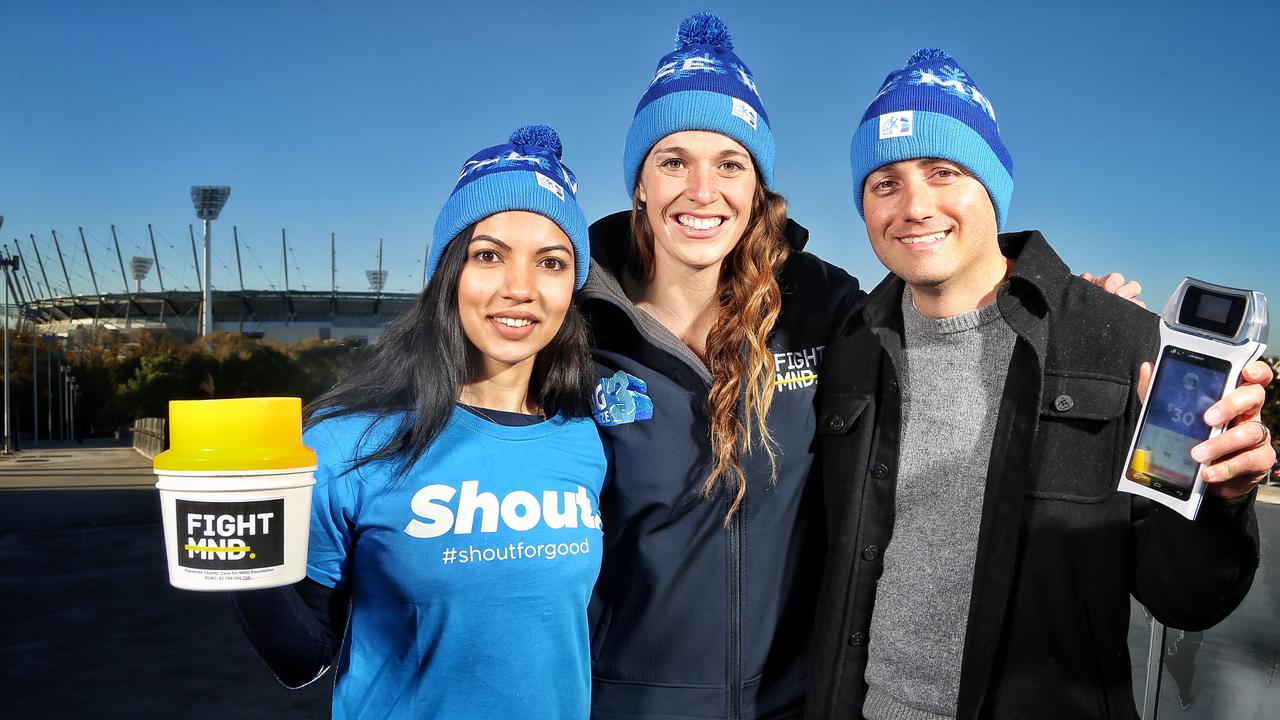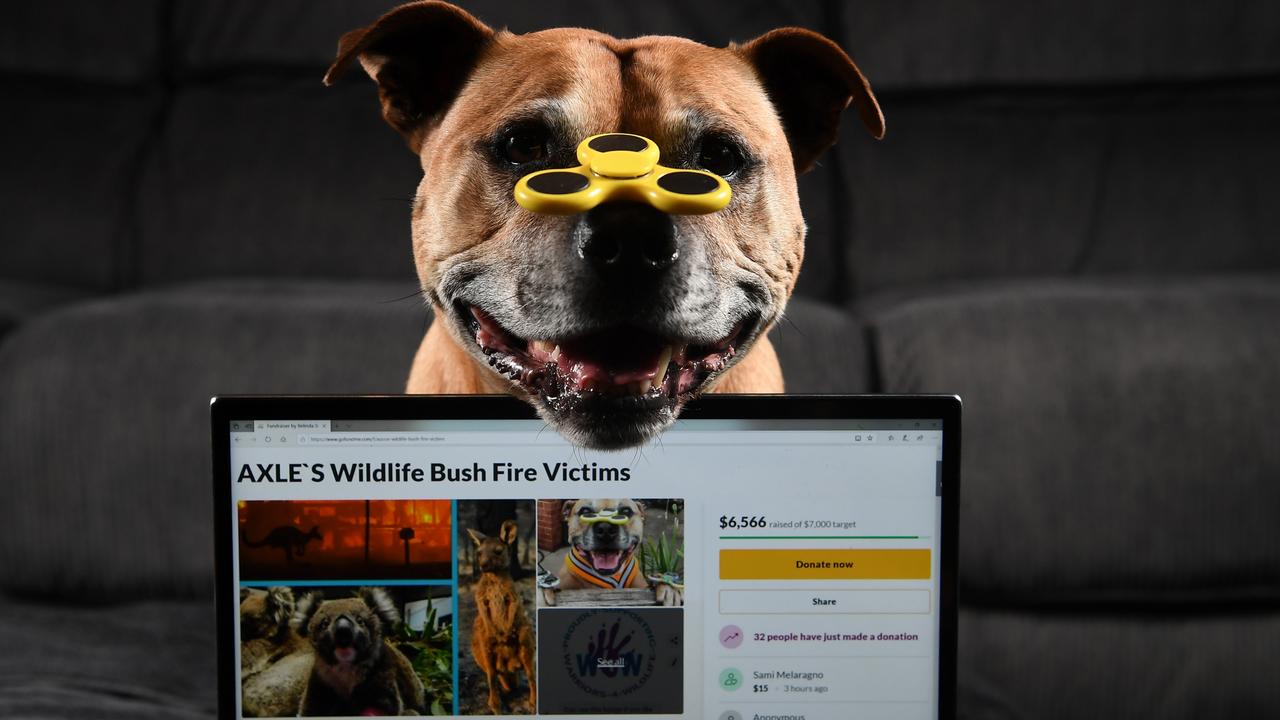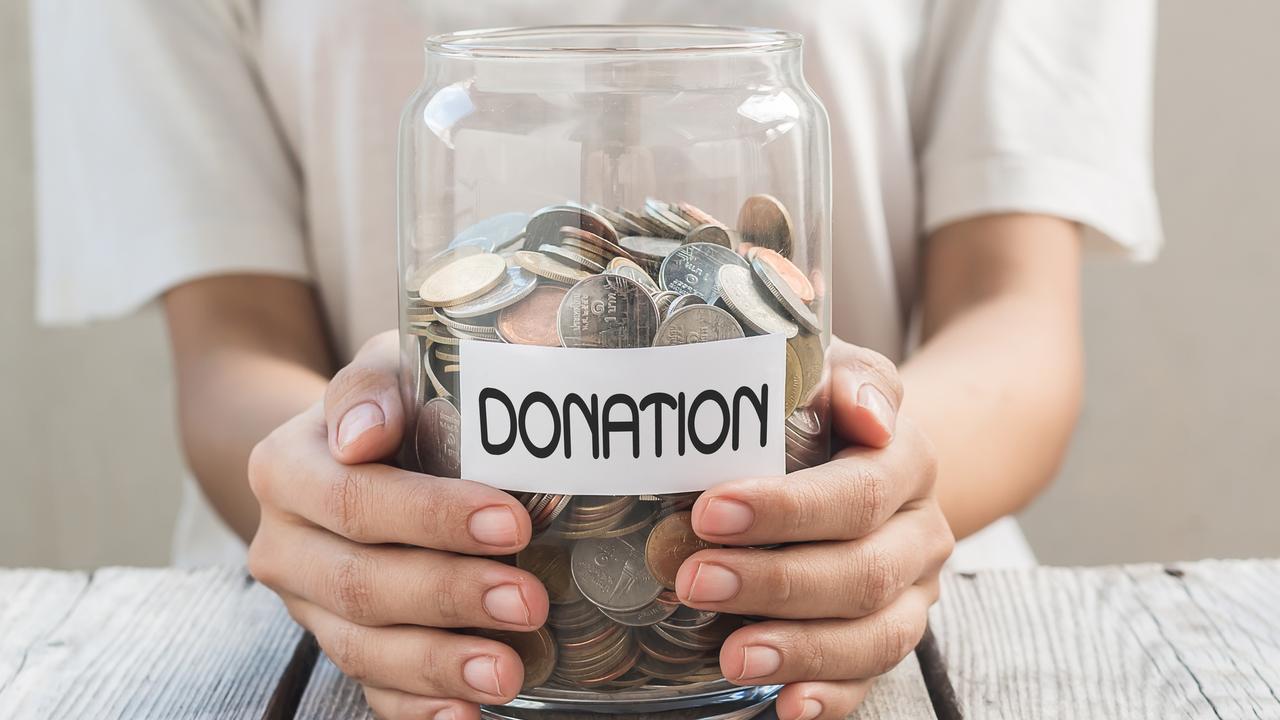Giving Part 9: Supporting charities in the digital era
PART 9: You can still drop a handful of coins or notes in an old fashioned donation tin but charities are increasingly going digital to raise funds

READING LEVEL: GREEN
Old fashioned donation tins that collect coins and cash from donors are still used to support worthy causes, but digital giving is on the rise.
Giving to charities online or using “tap and go” technology is quick and easy, whether it’s a large appeal by a registered charity or crowd-funding by an individual.
Most charities and not-for-profit organisations* use the internet to receive donations and to promote, organise and keep track of online fundraisers.
And a large proportion of people are happy to give in this way, with a McCrindle Research report finding eight in 10 givers were open to online fundraising.
Gen Z* (99 per cent) was almost twice as open to it as older Baby Boomers* (59 per cent).
Ways we give online
The internet has changed the way we support charities and those in need.
Ways to give online include:
- A “donate now” button on a website or social media page
- QR codes that take you to an online fundraising site when scanned by mobile phone
- Crowd-funding, where accounts are set up via a platform such as GoFundMe to raise money for a charity, cause, group or individual
- Hashtag donations, where people use #donate or similar hashtags to promote fundraising and giving via social media
- Paywave or “tap and go”, which allows people to swipe or tap a bank card on a portable machine to donate

A 2021 Australian Institute of Health and Welfare (AIHW) report found the Covid-19 pandemic probably increased the proportion of money donated online.
In 2019 before the pandemic hit, two in three donations were still made in cash or through donation boxes in shops and other public places. More than half of charities (52 per cent) had an online presence.
Digital methods became more necessary during the pandemic when people could not fundraise or give in person. Some fun runs, for example, saw participants run in their local area and record their participation in the virtual* event online.

Crowd-funding
Technology has also enabled “crowd-funding”, where people and organisations seek donations through an online appeal on a platform like GoFundMe.
They tell their story and set a fundraising goal. For example, someone might want to raise $10,000 for a friend who has had a serious accident and can’t work or earn money while they recover.
Users create a page that they can use to share with friends, reach a wider audience and manage donations. To cover its costs, GoFundMe charges each donation a transaction fee.
Creating a fundraising page
If you would like to raise money for someone who is in real need, here’s some advice to get you started:
- Begin with a realistic fundraising goal.
- Have a title that captures the person’s story.
- Make sure the way you tell the person’s story is accurate and easy to understand.
- Upload high-quality photos and videos.
- Build a community by asking others to share your fundraising page.
- Update your fundraising page regularly.
- Adjust your goal as needed.
- Follow up with donors and thank them.
Source: gofundme.com/c/fundraising-tips

Tips to donate safely online
Make sure you get your parents or another trusted adult to help if you would like to donate to a charity online.
Here are a few things you and they should consider before giving:
- Know your charity. Online or offline, never give to a charity that you know nothing about.
- Obtain contact information. Make sure that you have the option to contact the charity online and offline.
- Make sure the information the charity uses is up to date. Don’t decide to give based on outdated information that might no longer be accurate.
- Give safely. Before sharing any credit card information online, make sure the site uses encryption* technology to protect you.
- Give directly to a charity’s own website, not another group that’s set up to collect donations on the charity’s behalf. This other group could be keeping a percentage of your donation.
- Protect your privacy. Look for a privacy policy and read it carefully.
- Keep records. Print a copy of your final confirmation screen or an email confirmation of your donation.
- Don’t respond to spam requests or click on links in emails or text messages that you weren’t expecting to receive.
Source: Charity Watch (USA)
Hashtags
Hashtags can draw attention to a cause. When hashtags are included on words or phrases, this makes them searchable on social media platforms.
The #donate hashtag can also be used as part of a fundraising campaign to alert the organisers to people who want to donate.
Some popular charity hashtags include:
#fundraising
#philanthropy
#dogood
#donation
#charity
#donate
#giveback
GLOSSARY
- not-for-profit organisations: organisations that do not operate to make money
- Gen Z: people aged 18-26
- Baby Boomers: people aged 57-75
- virtual: almost the same as something, but not completely
- encryption: the process of converting information or data into a code, especially to protect it from being accessed without permission
EXTRA READING
Generous Aussies give for a better world
The Aussie charities and events we get behind
QUICK QUIZ
- What proportion of people are happy to give to charities online?
- Name two popular ways people give online?
- What platform is given as an example in the story of how people can crowd-fund?
- What is the first piece of advice in the story for creating a fundraising page?
- Why do people use hashtags in their fundraising?
LISTEN TO THIS STORY
CLASSROOM ACTIVITIES
Refer to the accompanying Giving Education Kit classroom workbook with 20 activities. It’s FREE when teachers subscribe to the Kids News newsletter.

